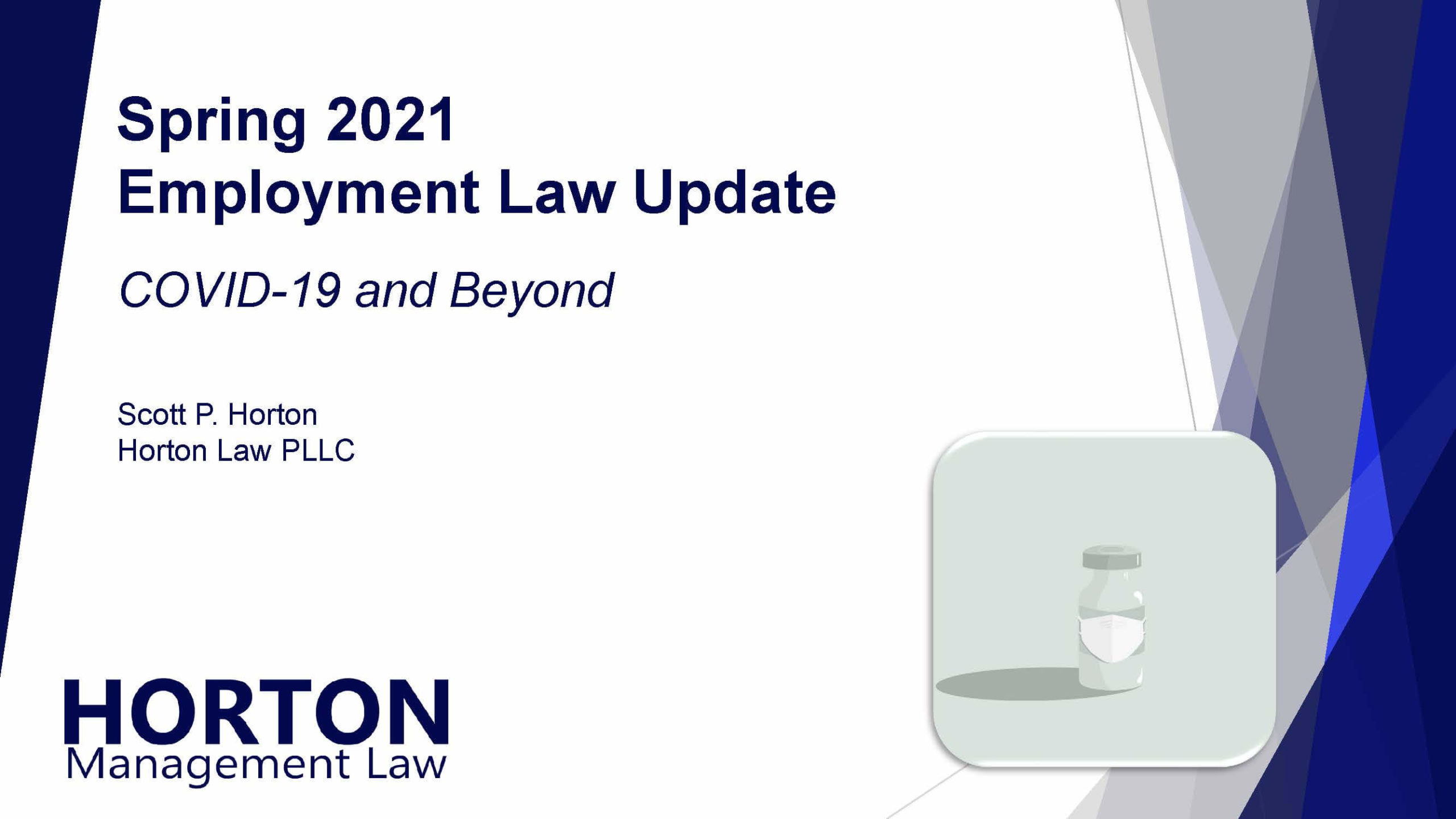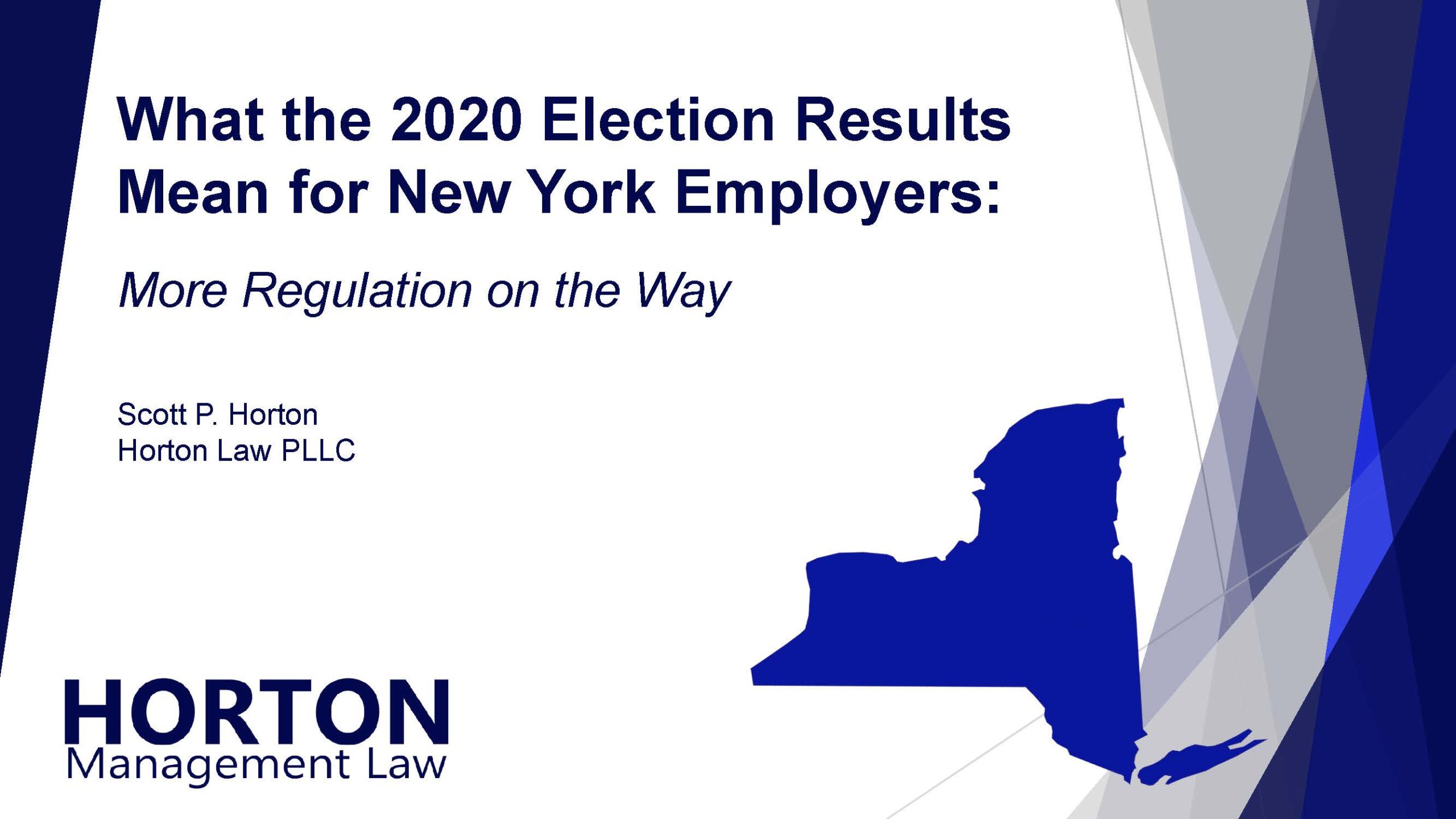On August 29, 2022, the National Labor Relations Board (NLRB) found that Tesla’s dress code violated the National Labor Relations Act (NLRA). This decision reversed existing precedent, giving employers less leeway in controlling what their employees wear to work. Now, any workplace dress codes that may be read to restrict wearing union insignia or apparel will be presumed to violate federal labor law. Employers must show special circumstances to justify any such policy.
Section 7 Rights
The NLRB’s analysis of workplace dress codes arises under Section 7 of the NLRA. Section 7 grants employees the rights to “self-organization, to form, join, or assist labor organizations, to bargain collectively through representatives of their own choosing, and to engage in other concerted activities for the purpose of collective bargaining or other mutual aid or protection.” It also protects employees’ right to refrain from such activities.
Section 7 rights include the prerogative to demonstrate support for a labor union, such as by wearing union insignia on buttons or apparel. However, the right is not absolute and has always been subject to various time, place, and manner restrictions. The scope of those restrictions has fluctuated over the years based on varying views of NLRB members.
Tesla’s Policy
Tesla required production associates manufacturing its electric vehicles to wear assigned company uniforms. The company provided each associate with two pairs of black pants, two black short-sleeve shirts, two black long-sleeve shirts, and a black sweater. The shirts and sweaters bear Tesla’s logo. Supervisors and line inspectors wear red and white shirts, respectively, to distinguish them by job function.
Production associates were allowed to substitute other all-black clothing for the company-issued uniform. However, Tesla’s team-wear policy specified that “[a]alternative clothing must be mutilation free, work appropriate and pose no safety risks (no zippers, yoga pants, hoodies with hood up, etc.).”
Wal-Mart Precedent
In a 2019 decision involving Wal-Mart, the NLRB held that a facially neutral employee appearance policy would be deemed lawful. The burden would then fall to the party challenging dress codes to demonstrate how they unduly restrict employees’ rights to show union support.
The Tesla ruling expressly overrules Wal-Mart. Two NLRB Board members who were in the majority in deciding the Wal-Mart case three years ago dissented in Tesla. The Board majority has shifted to 3-2 control by pro-labor members.
New Standard for Workplace Dress Codes
Under Tesla, the NLRB will find any limitation on employee dress and appearance policies that might limit the display of union insignia to violate the NLRA, unless the employer demonstrates sufficient justification for its policy. Thus, the decision flips the presumption.
There are various situations where the NLRB has permitted limited restrictions on what employees wear. For example, employers may impose restrictions when the display of union insignia “may jeopardize employee safety, damage machinery or products, exacerbate employee dissension, [] unreasonably interfere with a public image the employer has established, or when necessary to maintain decorum and discipline among employees.” But when an employer seeks to uphold their workplace dress code based on any of these rationales, the NLRB will “engage[] in a rigorous, fact-specific inquiry to determine whether the employer actually established the presence of special circumstances in the context of its workplace.”
Employers Beware
Under the new Tesla standard, employers are at risk of having any workplace dress code struck as unlawful. The dissenters hypothesize many scenarios where requiring employees to dress relatively uniformly would not survive the NLRB’s scrutiny. At best, employers would need to rely on exceptions that may or may not be deemed to apply to their situation. Moreover, the NLRB applied its changed standard retroactively to Tesla, demonstrating that any company is at risk of being faulted for relying on an existing exception that the current NLRB majority disagrees with.
In the bigger picture, employers should realize this is just the first significant reversal of NLRB policy by the newly pro-labor Board majority. It is prudent to expect similar rulings beyond the issue of what employees can wear to work. The Wal-Mart ruling followed a 2017 standard for reviewing workplace policies established in a case involving Boeing. The NLRB will likely further erode Boeing‘s relative protection of employers’ rights to control what happens in their workplaces.
To receive additional updates on important labor and employment law issues, sign up for our email newsletter and follow Horton Law on LinkedIn.


